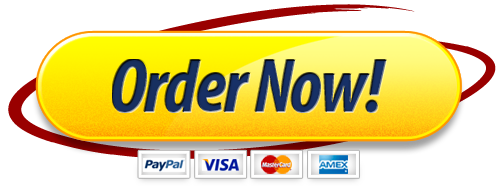Briefly state the materials you used and how you did the experiment.
Individual Lab Report Instructions
Demonstrating the Importance of Surfactant: Lab Report
Lab Report Instructions
Now that you have completed the surfactant experiment located in Section 4, it is time to move on to the report. Below is an outline for the sections of the lab report to clarify what it should contain and issues you will want to address for the report. Each section – except the cover page – should be at least 1 well-formed paragraph and should have a section heading.
- Abstract – Will not be done. You will follow the conclusion instructions instead.
- Introduction – You will want to include information about why this experiment was done. This section should also include background information on the principle components of the experiment. For example, what is the function of surfactant in the respiratory system? The introduction must also contain a hypothesis about what you expect your results to be for this experiment and why.
- Materials and Methods – Briefly state the materials you used and how you did the experiment.
- Results – Briefly present your data (results). This is not the place to offer an explanation for your results. This will be addressed in the discussion. Be sure to include the results for both the surface tension and surfactant experiments. Include your qualitative observations of what happened in each experiment as well as the number of water drops that fit on the penny and the distance the food coloring moved with and without soap added. You must calculate the rate of movement (in millimeters per minute) of the food coloring before and after addition of the dishwashing liquid. You must also calculate the percent change in rate of movement after addition of the soap. Your results can be presented in your choice of or a combination of text, data tables, and images.
- Rate = (diameter after 2 min. – beginning diameter)/2 min.
- Percent change = (rate with soap – rate without soap)/rate without soap * 100
- Discussion –In this section you will want to explain/discuss your observations and results. For example, state whether more or fewer drops than you expected fit on the penny, and explain the reason for this. Also, for the second experiment, explain the differences that you saw before you added the dishwashing liquid and after you added it. This includes comparing the speed of movement of the food coloring before and after the addition of the dishwashing liquid. Why was the speed affected? 2. You will also want to address how this experiment relates to the ultimate question: What is the importance of surfactant? How does the addition of the dishwashing liquid affect the interaction of the food coloring and the milk? Do the dishwashing liquid and surfactant perform similar functions? 3. Address whether your data supports the hypothesis that you presented in the introduction. 4. Lastly, this experiment allowed you to observe what happens between the food coloring and milk in the absence of the dishwashing liquid. Compare this to the respiratory system – what would happen to the interaction of water and gasses if surfactant was not present?
- Conclusion – Keep this to a single paragraph that restates the basis for the experiment and what you found. This is basically a summary of your entire report. The lasting message you want your reader to end with. This usually involves a simple formula – purpose, hypotheses, results, and important interpretations and relevance of those results.
- Literature Cited – You all know my policy on plagiarism. Don’t do it or there will be consequences. This applies not only to plagiarism of another student’s work but also of a reference material. You must appropriately cite, in APA format, all material used. Be sure to use your own words in your report. This will ensure that you understand the material to the best degree possible. Click here to see examples of how to create proper in-text and reference list citations in APA format. The “Library Resources” link under the “Helpful Resources” heading on the General Course Information page will be of help in finding scholarly sources for your report. Sources should always be listed alphabetically by the author’s last name. Acceptable scholarly sources include: hardcopy books, eBooks (including your eText), scientific articles, scientific magazines (National Geographic, Scientific American, Popular Science, Discover Magazine, etc.).
- Use the library’s online database to help you search for proper material. The Academic Search Complete is a large database full of research articles. There is also an eBook database for electronic textbooks
- Unacceptable sources – Wikipedia, Ask.com, other non-science websites, really websites in general. I will deduct points for not using proper sources.
- You must use in-text citations. It is not enough to list your literature cited at the end of the paper, you must also make notations in the body of your paper to show where each of your facts came from. Failure to properly cite within the body is a form of plagiarism.
Format: APA format (see link above for proper formatting of the cover page, section headings, and citations), double spaced, 12 pt. font, 1” margins, Times New Roman, no direct quotations (practice paraphrasing). No set page length – as long as it takes to cover all details for each report section. At least 3 scholarly citations.
Submit your report in the lab report submission link as a Word document by the due date found in the link and the course calendar.
